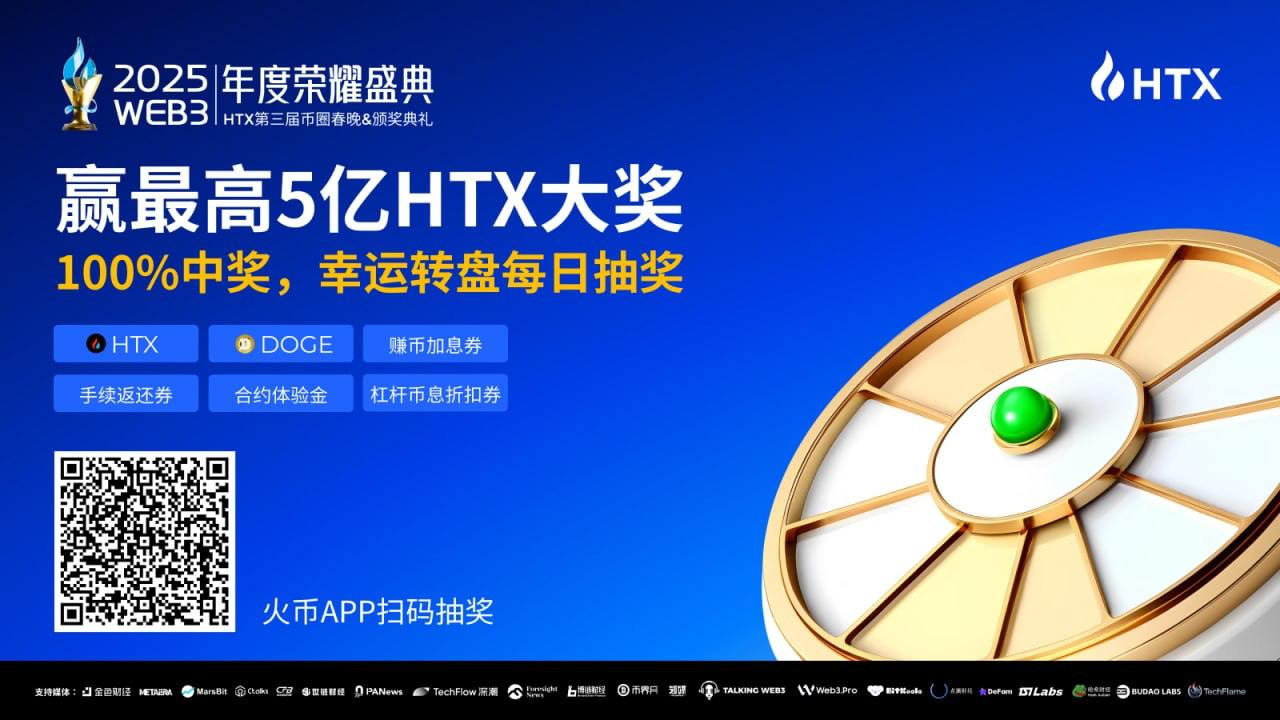Source: TaxDAO
2024 is the year when Bitcoin steps to the center of the world's financial stage, and it is also the year of the carnival of meme coins. Relevant data shows that about 75% of meme coins were created this year. As of early December this year, the transaction volume of meme coins increased by more than 950%, and the total market value exceeded 140 billion US dollars. The popularity of meme coins not only brought a new round of heat to the crypto market, but also attracted more and more ordinary investors to the field of crypto assets.
The meme coin craze can't help but remind people of the ICO craze around 2017. In 2017, with the emergence of the ERC-20 standard, the cost of issuing tokens was greatly reduced, and projects with hundreds of times and thousands of times returns emerged one after another, and billions of dollars poured into the ICO craze; and this year, a group of launch platforms represented by Pump.fun made issuing tokens simpler and fairer, and a meme coin storm that has continued to this day was set off in the circle. Although there are many differences between ICO and issuing meme coins in terms of technology and logic, the tax compliance risks faced by investors and project parties may be similar. In the last round of ICO craze, there was no shortage of investors and project parties facing ICO-related tax troubles. Today, as the meme coin craze continues, tax compliance issues will once again become a core issue that crypto asset investors and meme coin issuers need to pay attention to. In this issue, FinTax will review the Oyster case and the Bitqyck case, taking these two ICO-related tax evasion cases as examples to provide crypto investors with a sober reflection on tax compliance during the meme coin craze.

The Oyster Protocol platform was launched by Bruno Block (real name Amir Bruno Elmaani) in September 2017 to provide decentralized data storage services. In October 2017, Oyster Protocol began its ICO, and the token issued was called Pearl (PRL). Oyster Protocol claims that the issuance of PRL is to create a win-win ecosystem, so that both websites and users can benefit from data storage, and realize value exchange and incentive mechanisms through PRL. At the same time, founder Bruno Block also publicly promised that after the ICO, the supply of PRL will not increase, and the smart contract that creates PRL will be "locked".
Through ICO, Oyster Protocol raised about $3 million in the early stage, and with this money, it launched the mainnet and officially launched data storage services, turning Oyster Protocol from an idea into a usable product. But the good times did not last long. In October 2018, founder Bruno Block took advantage of a loophole in the smart contract, privately minted a large number of new PRLs, and sold them on the market, causing the price of PRL to plummet, but Bruno Block personally made huge profits.
The plunge in PRL prices has attracted the attention of regulators. The U.S. Securities and Exchange Commission (SEC), the U.S. Internal Revenue Service (IRS), the Federal Bureau of Investigation (FBI) and other relevant departments have launched investigations. The SEC eventually filed a civil lawsuit against Bruno Block for defrauding investors, and the prosecution filed a criminal lawsuit against Bruno Block for tax evasion. On the issue of taxation, prosecutors believe that Bruno Block not only damaged the trust of investors, but also violated the obligation to pay taxes on millions of dollars in cryptocurrency profits. Bruno Block only filed a tax return in 2017 between 2017 and 2018, stating that he only earned about $15,000 from the "patent design" business. In 2018, he did not file a tax return or report any income to the IRS, but spent at least $12 million on real estate, yachts, etc.
Eventually, Oyster founder Bruno Block confessed to his tax evasion in court and signed a plea agreement in April 2023, sentenced to four years in prison for tax evasion and required to pay approximately $5.5 million in compensation to the tax department to make up for the tax losses.
Bitqyck is a cryptocurrency company founded by Bruce Bise and Samuel Mendez. The company first launched Bitqy coin, claiming to provide an alternative way to get rich for "those who missed Bitcoin", and conducted an ICO in 2016. At the same time, Bitqyck promised investors that each Bitqy coin came with 1/10 of a share of Bitqyck common stock. But in fact, the company's shares have always been held by founders Bise and Mendez, and the company has never distributed the promised shares and corresponding profits to investors. Soon, Bitqyck launched a new cryptocurrency BitqyM coin, claiming that buying the coin would allow investors to join the "bitcoin mining business" by paying to power the Bitqyck Bitcoin mining facility in Washington State, but in fact such a mining facility does not exist. Through false promises, Bise and Mendez raised $24 million from more than 13,000 investors through Bitqyck, and used most of the funds for their personal expenses.
In response, the SEC filed a civil lawsuit against Bitqyck for defrauding investors. In August 2019, Bitqyck admitted the facts and reached a civil settlement with the SEC. Bitqyck and its two founders jointly paid the SEC a civil fine of approximately $10.11 million. The prosecution continued to charge Bitqyck with tax evasion: from 2016 to 2018, Bise and Mendez earned at least $9.16 million by issuing Bitqy and Bitqy, but underreported the relevant income to the IRS, resulting in a tax loss of more than $1.6 million; in 2018, Bitqyck earned at least $3.5 million from investors, but did not submit any tax returns.
Ultimately, regarding tax issues, Bise and Mendez pleaded guilty in September and October 2021, respectively, and were each sentenced to 50 months in prison for tax evasion (about eight years in total for the two), and were each jointly liable for $1.6 million.
One of the core issues in the Oyster and Bitqyck cases is the tax compliance of ICO income. In this new form of fundraising, some issuers obtain huge income by defrauding investors or other improper means, but underreport their income or fail to file tax returns, which leads to tax compliance issues.
In the United States, tax evasion is a felony, which refers to intentionally taking illegal means to reduce the amount of tax payable, usually manifested in concealing income, falsely reporting expenses, failing to declare or paying taxes on time, etc. According to Section 7201 of the United States Federal Tax Code (26 USC §7201), tax evasion is a federal crime. Once convicted of tax evasion, individuals may face up to 5 years in prison and a fine of up to $250,000, and organizations may face a fine of up to $500,000. The specific punishment depends on the amount and nature of the tax evasion.
Under Article 7201, the crime of tax evasion requires: (1) a large amount of tax is owed; (2) active tax evasion is committed; and (3) there is subjective intent to evade tax. Investigations into tax evasion usually involve tracing and analyzing financial transactions, sources of income, asset flows, etc. In particular, in the field of cryptocurrency, tax evasion is more likely to occur due to its anonymity and decentralized characteristics.
In the United States, all aspects of an ICO may involve tax obligations, and project owners and investors bear different tax responsibilities at different stages. On the one hand, project owners must comply with tax compliance requirements when raising funds through ICOs. Funds raised by ICOs can be considered sales revenue or capital raising. For example, if the funds raised by ICOs are used to pay for company operating expenses, develop new technologies, or expand business, then these funds should be considered company income and must be taxed according to law. On the other hand, investors also have tax obligations after obtaining tokens through ICOs. In particular, when the tokens obtained by investors through ICOs bring rewards or airdrops, these rewards will be considered capital gains and will be subject to capital gains tax. In the United States, the value of airdrops and reward tokens is usually calculated and reported for tax purposes based on their market value. When investors hold tokens for a period of time, the profits obtained by selling these tokens will also be considered capital gains and taxed.
Objectively speaking, whether in the Oyster case or the Bitqyck case, the parties' actions not only violated the interests of investors and constituted fraud, but also violated the US tax laws to varying degrees. Of course, the tax evasion behaviors in the two cases are not exactly the same, which will be analyzed in detail later.
2.2.1 Tax evasion in the Oyster case
Specifically in the Oyster case, after PRL conducted its ICO, Bruno Block, the founder of the Oyster Protocol platform, exploited a smart contract loophole to privately mint a large number of PRLs and sold them, making huge profits. Bruno quickly accumulated wealth by selling PRLs, but did not fulfill his tax obligations. This behavior violated the relevant provisions of Section 7201 of the Federal Tax Code.
However, Bruno Block’s behavior in this case is special because he minted Pearl before selling it. It goes without saying that capital gains tax should be paid on the proceeds from the sale of tokens, but the IRS has not yet reached a conclusion on whether the minting of tokens should be taxed. In this regard, some people believe that both minting and mining create new digital assets through calculations, so the income from minting tokens should also be taxed. Some people believe that minting tokens is similar to the mining process, which is to create new digital assets through calculations, so it should also be taxed. FinTax believes that whether the minting income needs to be taxed should depend on the market liquidity of the token. When the token market has not yet formed liquidity, the value of the minted tokens is difficult to determine, and it is therefore impossible to clearly calculate the income; but if the market already has a certain degree of liquidity, these tokens have market value, and the minting income should be regarded as taxable income.
2.2.2 Tax evasion in the Bitqyck case
Unlike the Oyster case, the tax evasion in the Bitqyck case involved false promises to investors and illegal transfer of raised funds. After successfully raising funds through ICO, Bitqyck's founders Bise and Mendez did not fulfill the promised investment returns, but instead used most of the funds for personal expenses. This fund transfer behavior is essentially equivalent to converting investors' funds into personal income, which is not used for project development or investor benefits. Unlike the direct sale of tokens during the ICO process, the key tax issue in the Bitqyck case lies in the illegal transfer of ICO funds and unreported income.
According to the relevant provisions of the U.S. Internal Revenue Code, both legal and illegal income are included in taxable income. The U.S. Supreme Court also confirmed this rule in James v. United States (1961). U.S. citizens must report illegal gains as income when filing their annual tax returns, but such taxpayers usually do not report such income because the reporting of illegal income may trigger an investigation by relevant departments into their illegal actions. Bise and Mendez failed to report the illegal income transferred from the funds raised from the ICO as income as required, which directly violated the relevant provisions of the tax law and ultimately bore criminal responsibility for it.
With the popularity of meme coins, many people in the crypto industry have gained huge returns from them. However, as the previous ICO tax evasion cases have shown, in the meme coin market where wealth myths are created every day, we need to pay attention not only to technological innovation and market opportunities, but also to the important issue of tax compliance.
First, understand the tax liability of issuing meme coins and avoid legal risks. Although issuing meme coins does not directly generate income through fundraising like ICO, when the tokens purchased by meme coin issuers and investors in the early stage appreciate in value, they should still pay taxes on the relevant capital gains when they are sold. At the same time, although everyone can issue meme coins anonymously on the chain, this still does not mean that the issuer can avoid tax audits. The best way to avoid tax risks is to comply with tax laws, rather than seeking more effective means of anonymity on the chain.
Second, pay attention to the meme coin transaction process and ensure that the transaction records are transparent. Since the meme coin market is more speculative and various new projects continue to emerge, investors may trade meme coins very frequently, and with it comes a lot of transaction records. Crypto asset investors need to keep detailed records of a series of transactions, especially using professional crypto asset management and tax reporting software to ensure that all purchases, sales, transfers and profits can be traced, and get the correct tax legal status when reporting taxes, so as to avoid potential tax disputes.
Third, follow up on tax law trends and cooperate with professional tax professionals. The tax law systems for crypto assets in various countries are still in their infancy and will be adjusted frequently, and key changes may directly affect the actual tax burden. Therefore, investors and issuers of meme coins should pay close attention to the tax law trends in their countries, and if necessary, seek advice from professional tax professionals to help them make the best tax decisions.
In short, the meme coin market, which has reached $140 billion, has a huge wealth effect, but this wealth is also accompanied by a new round of legal challenges and compliance risks. Issuers and investors need to fully understand the relevant tax risks, remain cautious and sensitive in the volatile market, and reduce unnecessary risks and losses.




























